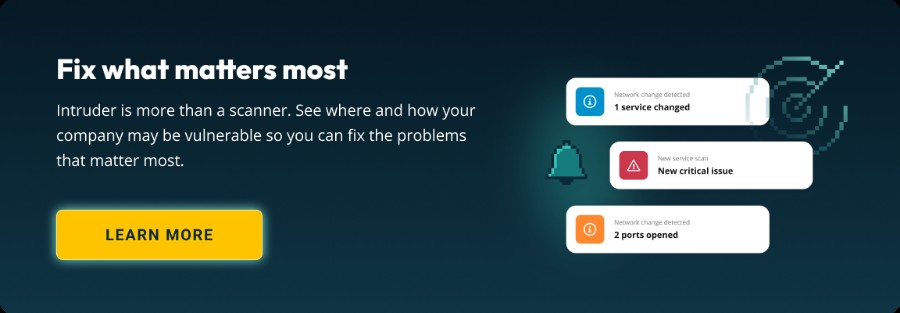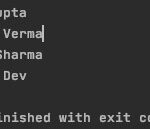Attack surface management (ASM) and vulnerability management (VM) are often used interchangeably, but they represent distinct yet complementary approaches to cybersecurity. Understanding the difference between them is crucial for building a robust security posture. This article delves into the specifics of each, highlighting their key differences and how they work together to protect your organization.
Vulnerability Management: Identifying Known Weaknesses
Vulnerability management focuses on identifying and mitigating known security flaws within your existing IT infrastructure. Think of it as checking for cracks in the foundation of your house. You know the foundation exists; you’re looking for specific weaknesses that could compromise its integrity.
The process typically involves using automated scanners to regularly probe systems and applications for known vulnerabilities. These scanners leverage databases like the Common Vulnerability Scoring System (CVSS) to prioritize risks based on their potential severity.
Key aspects of vulnerability management:
- Focus: Known vulnerabilities in existing assets.
- Process: Scanning, assessment, prioritization, remediation.
- Tools: Vulnerability scanners, penetration testing tools.
- Outcome: Reduced risk from known exploits.
Vulnerability management aims to address known weaknesses, covering a range of potential issues:
- Vulnerable Software: Outdated or flawed software components with known security gaps.
- Web Application Vulnerabilities: Flaws in web applications, such as SQL injection and cross-site scripting.
- Misconfigurations: Incorrectly configured systems or software that introduce security risks.
- Encryption Weaknesses: Weak encryption protocols or ciphers that compromise data security.
- Information Disclosure: Unintentional exposure of sensitive information.
Attack Surface Management: Discovering and Reducing Exposure
Attack surface management takes a broader perspective, focusing on identifying and minimizing all potential entry points that attackers could exploit. Imagine surveying your entire property, not just the house, to identify all possible access points for intruders. This includes known and unknown assets, both internal and external.
ASM starts with discovery, mapping out all your digital assets, including cloud instances, third-party services, and even forgotten or shadow IT systems. By understanding your entire attack surface, you can proactively reduce your exposure to potential threats, even before vulnerabilities are discovered.
Key aspects of attack surface management:
- Focus: Identifying and reducing all potential points of attack.
- Process: Discovery, inventory, analysis, mitigation.
- Tools: Attack surface management platforms, external vulnerability scanners.
- Outcome: Reduced overall exposure to attack, proactive security posture.
The ASM process encompasses:
- Asset Discovery: Identifying all digital assets, including unknown or forgotten systems.
- Visibility and Inventory: Creating a comprehensive record of all assets and their exposure.
- Vulnerability Scanning: Integrating vulnerability scanning to identify weaknesses in discovered assets.
- Automation: Automating security processes to ensure continuous monitoring and mitigation.
- Continuous Monitoring: Continuously tracking changes to the attack surface and adapting security measures.
A Synergistic Approach: Combining ASM and VM
While distinct, ASM and VM are not mutually exclusive. In fact, they are most effective when used together. ASM provides the comprehensive view of your attack surface, while VM helps you address specific vulnerabilities within those assets.
By combining these approaches, organizations can:
- Prioritize remediation efforts based on the most critical vulnerabilities within the most exposed assets.
- Proactively reduce the attack surface, minimizing the potential impact of future vulnerabilities.
- Gain a more holistic understanding of their security posture.
Conclusion
Understanding the difference between attack surface and vulnerability is fundamental for a strong cybersecurity strategy. While vulnerability management addresses known weaknesses in existing systems, attack surface management takes a broader perspective, focusing on minimizing overall exposure to potential attacks. By implementing both approaches, organizations can build a more robust and proactive security posture, effectively mitigating risks and protecting their valuable assets.

